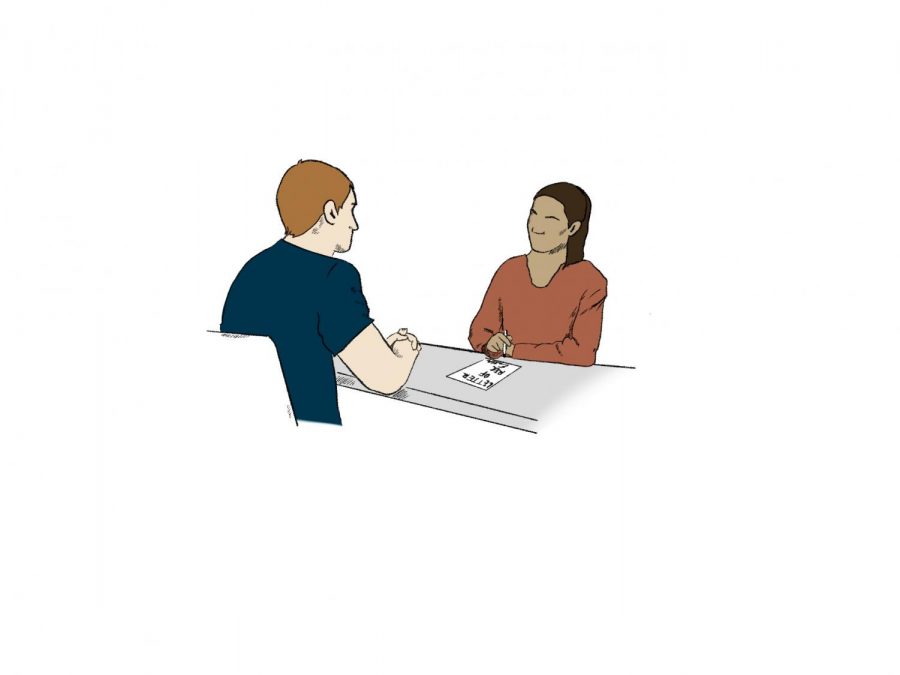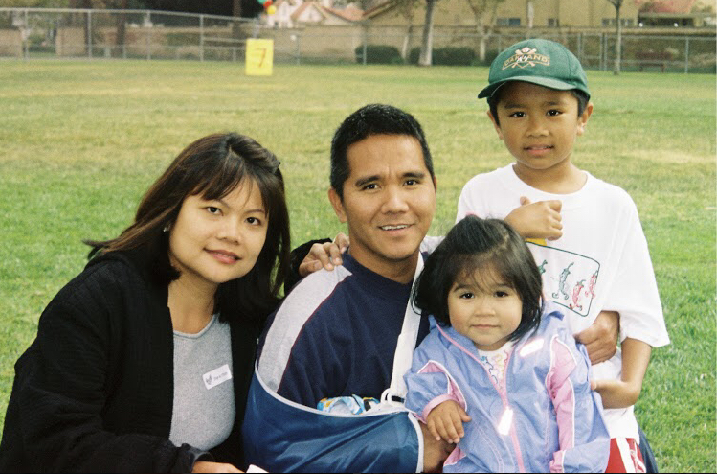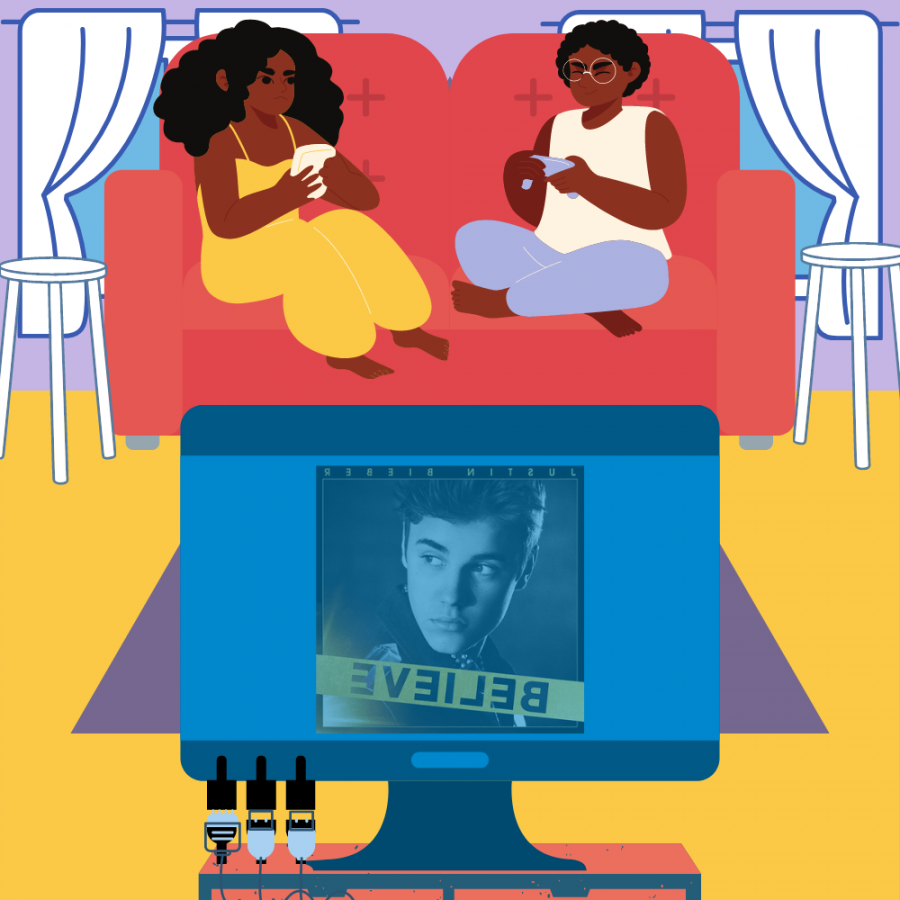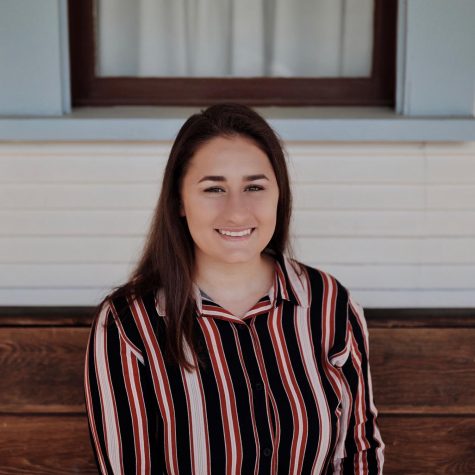Applying to any graduate program can be a daunting task.
In my conversations with other students applying to graduate school, many of them noted how difficult it was getting their letters of recommendation from professors or other individuals who were willing to speak highly of their character. This was already a difficult task before the pandemic shut down in-person instruction. I recently applied to graduate school and went through the process of obtaining letters of recommendation.
Some programs won’t specify who can write a letter, while others have certain requirements for the reference’s position and your relationship to the reference. I applied to physical therapy programs that require one letter from a professor that taught a class I took, one letter from a physical therapist that I volunteered for and a third letter from a professor, physical therapist or anyone with whom I’ve had a professional relationship.
I obtained two letters from professors, and these steps can help you get the letters of recommendation you need.
Establish a connection with the professor before asking for a letter of recommendation. Keep in mind, professors are asked for letters all the time. You need to have done something to stand out. Earning an A in their class is usually not enough to warrant a letter.
Take the time to attend their office hours. You can also schedule a one-on-one appointment with the professor virtually. You should discuss things that aren’t just about your grade or assignments. Demonstrate your interest in the material of the class and ask questions. These professors are active in their fields in ways outside of teaching. Asking professors about their experiences is a great way to develop a relationship. Use that conversation and ask them for advice on your career path.
One thing I’ve learned is that professors are people — you should respect them and there is no need to stress over interacting with them. The more you interact with a professor, the better the letter will be because it will be more tailored to you.
Another great way to connect with professors is through extracurricular activities and organizations. Many professors are advisors to campus clubs that are connected to their field. Get involved with that club.
Depending on the professor or field, students can also get involved with research. Professors may take on volunteer research assistants and this is a fantastic way to form a connection. It also lets the professor see your work ethic outside the class, so they are more likely to write you a better letter.
I believe the best option for getting a letter from a professor is to be their teaching assistant (TA). As a TA, you work with the professor one-on-one to help students. Like research, this gives the professor insight into your capabilities. Professors can easily tell which TAs slack off while others put in the effort.
I asked one of the professors that wrote a letter of recommendation for me how he determines who to write letters for. He stated that he writes letters for his TAs, officers of the club which he advises, and a small number of students that are actively involved in that club as members. He stated that he caps himself at writing 12 letters per year but gets asked by well over 50 students.
It is important to remember that by them agreeing to write a letter of recommendation, they are taking time out of their busy schedule just for you and it is important to respect that time. Make sure to ask a professor early for a letter of recommendation, which means at least two to three months in advance.
Get started early. If you think you might go to graduate school, take the effort to engage with professors long before you would need to ask for a letter of recommendation. There are a number of friends of mine that scrambled to get a letter from a professor during the few short months the application is open.
Your future in graduate school is too important so don’t procrastinate. Email that professor right now!
Jake Greenfield is a senior studying kinesiology: pre-physical therapy.










